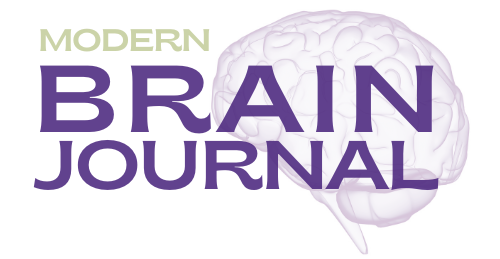Heading Soccer Ball Linked to Measurable Brain Function Decline
Most parents of athletes—especially those who play contact sports—are probably already aware of the risk for concussions and their impact on brain function. But new research on heading the ball in soccer is causing additional concern for players in the most popular sport on the planet.
The Research
At the end of 2023, researchers presented new evidence to the Radiological Society of North America linking soccer heading to a measurable decline in the microstructure and function of the brain over a two-year period.
The findings, taken from a study of 148 young adult amateur soccer players (26% women; mean age of 27), were designed to go beyond previous studies, which only examined the adverse effects on the brain at a single point in time.
For the research, the participants were given a specialized questionnaire, developed to determine how often they hit the ball with their head.
“When we first started, there was no method for assessing the number of head impacts a player experienced,” explains Dr. Michael L. Lipton, professor of radiology at Columbia University’s Vagelos College of Physicians and Surgeons and affiliate professor of biomedical engineering at Columbia University, who served as lead author on the study. “A large part of this concern relates to the potential for changes in young adulthood to confer risk for neurodegeneration and dementia later in life.”
The players answered questions about the following to determine whether they’re soccer heading during the two years should be categorized as low, moderate, or high:
• How often they play
• How often they practice
• How often they head the ball (and in what type of situation)
In addition, participants were assessed for memory and verbal learning and underwent an MRI technique called diffusion tensor imaging (DTI) when they enrolled in the study and two years later.
The Results
After adjusting for variables that included sex, education, age, and concussion history, an analysis of the results found that the high-heading group (which had over 1,500 headers in two years) demonstrated:
• An increase of diffusivity in frontal white matter regions
• A decrease of orientation dispersion index (a measure of how well the brain is organized) in certain brain regions
According to Dr. Lipson, these results were similar to those seen in mild traumatic brain injuries.
In addition, the findings from a second study by the same group showed that high levels of soccer heading were also associated with a decline in verbal learning performance.
“We used DTI to assess the sharpness of the transition from gray matter to white matter,” says Dr. Lipton. “In various brain disorders, what is typically a sharp distinction between these two brain tissues becomes a more gradual, or fuzzier transition.”
As Dr. Lipton points out, this gray matter-white matter interface integrity might play a causal role in the association between repetitive soccer headings and cognitive performance.
MBJ
Wendy Burt-Thomas writes about the brain, mental health and parenting.
Check out the original research:
https://press.rsna.org/timssnet/media/pressreleases/14_pr_target.cfm?id=2466


